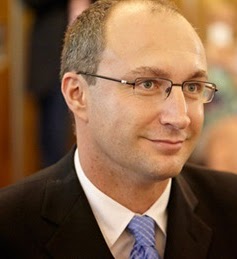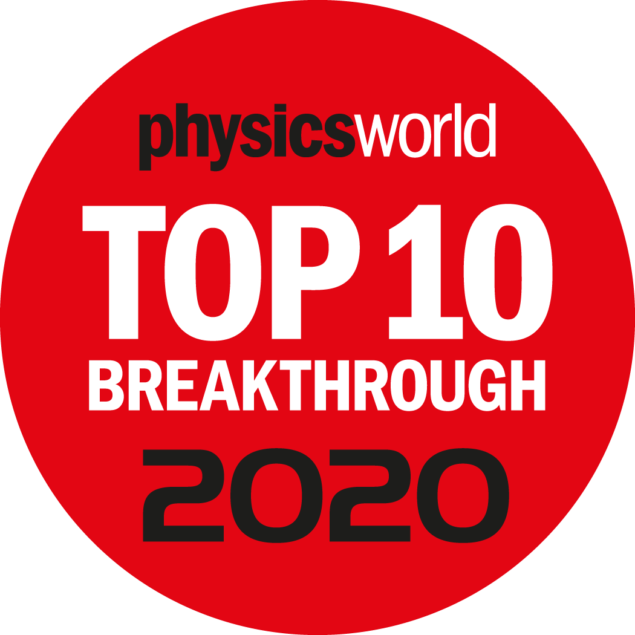Kostya Trachenko 
Professor of Physics, School of Physical and Chemical Sciences, Queen Mary University of London, email k.trachenko-at-qmul.ac.uk
I did my PhD at Cambridge University and MSc at L'viv University, Ukraine. I subsequently held a Research Fellowship in Darwin College, Cambridge, and an EPSRC Advanced Research Fellowship.
My research interests mostly lie in theoretical and computational condensed matter physics:
- fundamental theory of states of matter including theory of liquids and supercritical fluids
- theory of melting
- links between fundamental physical constants and system properties and the origin of fundamental constants
- links between field theory and condensed matter physics
- high pressure
- glasses and glass transition
- radiation damage effects including in nuclear and fusion energy and waste forms
Here are representative publications in these areas. Research related to these papers is discussed here.
Please get in touch about a PhD project. My PhD students are awarded major international prizes, complete their projects in less than 3 years and receive job offers from Cornell, MIT, Oak Ridge Lab, Kings College and other major US, UK and international research centres. I enjoy working with students and received a teaching award. You will be doing interesting science: our work has won the top 10 Physics Breakthrough award and the CCP5 prize for "outstanding contributions to theory and modelling of condensed matter phases including liquid state theory".
Highlights in news and media:
- Theory of melting in the New Scientist and America Online
- Constraints on fundamental constants from bio-friendly viscosity and diffusion in Physics World: "Evolution may explain values of the fundamental constants"
- A supercritical step for fundamental physics with green prospects

- Award of the top 10 Physics Breakthroughs
- Upper bound on the speed of sound in the Economist: "Does sound, like light, have a maximum speed? ("MaxMach" in the print edition), Physics World: "Fundamental constants set upper limit for the speed of sound", Science News, Sky News and Daily Mail
- CCP5 prize for theory and modelling of condensed matter
- Viscosity of quark-gluon plasma in Physics World and Futurism: "The early Universe was a vast liquid ocean"
- Minimal quantum viscosity in Physics Today and Physics World: "Fluids only get so runny as physicists put a universal lower limit on viscosity"
- Vacuum energy gets flexible - IoP news
- Slow bitumen flow in BBC Feature Article "Tedium, tragedy and tar: The slowest drops in science" and New Scientist. The video abstract is here.
- New understanding of supercritical state in Physics Today
- Phonon theory of liquid thermodynamics in Physics World
- IoP highlight story about the first glimpse into radiation damage processes inside a fusion reactor
I am known for developing theory of the liquid state, the long-standing problem in physics. The statement of this problem, together with its solution, are outlined in:
- the Preface and Introduction of the 2023 CUP book "Theory of liquids: from excitations to thermodynamics" (these two chapters, together with other information such as reviews, are available as the "Front matter" and "Marketing Excerpt" under the Contents/Look inside tab on the CUP book webpage.)
- the 1584 CUP blog
- the arxiv paper which includes the Preface, Introduction and experimental sections of the book

These links have animations of atomic motions in liquids, glasses and radiation damage from molecular dynamics simulations

Professor of Physics, School of Physical and Chemical Sciences, Queen Mary University of London, email k.trachenko-at-qmul.ac.uk
I did my PhD at Cambridge University and MSc at L'viv University, Ukraine. I subsequently held a Research Fellowship in Darwin College, Cambridge, and an EPSRC Advanced Research Fellowship.
My research interests mostly lie in theoretical and computational condensed matter physics:
- fundamental theory of states of matter including theory of liquids and supercritical fluids
- theory of melting
- links between fundamental physical constants and system properties and the origin of fundamental constants
- links between field theory and condensed matter physics
- high pressure
- glasses and glass transition
- radiation damage effects including in nuclear and fusion energy and waste forms
Here are representative publications in these areas. Research related to these papers is discussed here.
Please get in touch about a PhD project. My PhD students are awarded major international prizes, complete their projects in less than 3 years and receive job offers from Cornell, MIT, Oak Ridge Lab, Kings College and other major US, UK and international research centres. I enjoy working with students and received a teaching award. You will be doing interesting science: our work has won the top 10 Physics Breakthrough award and the CCP5 prize for "outstanding contributions to theory and modelling of condensed matter phases including liquid state theory".
Highlights in news and media:
- Theory of melting in the New Scientist and America Online
- Constraints on fundamental constants from bio-friendly viscosity and diffusion in Physics World: "Evolution may explain values of the fundamental constants"
- A supercritical step for fundamental physics with green prospects

- Award of the top 10 Physics Breakthroughs
- Upper bound on the speed of sound in the Economist: "Does sound, like light, have a maximum speed? ("MaxMach" in the print edition), Physics World: "Fundamental constants set upper limit for the speed of sound", Science News, Sky News and Daily Mail
- CCP5 prize for theory and modelling of condensed matter
- Viscosity of quark-gluon plasma in Physics World and Futurism: "The early Universe was a vast liquid ocean"
- Minimal quantum viscosity in Physics Today and Physics World: "Fluids only get so runny as physicists put a universal lower limit on viscosity"
- Vacuum energy gets flexible - IoP news
- Slow bitumen flow in BBC Feature Article "Tedium, tragedy and tar: The slowest drops in science" and New Scientist. The video abstract is here.
- New understanding of supercritical state in Physics Today
- Phonon theory of liquid thermodynamics in Physics World
- IoP highlight story about the first glimpse into radiation damage processes inside a fusion reactor
I am known for developing theory of the liquid state, the long-standing problem in physics. The statement of this problem, together with its solution, are outlined in:
- the Preface and Introduction of the 2023 CUP book "Theory of liquids: from excitations to thermodynamics" (these two chapters, together with other information such as reviews, are available as the "Front matter" and "Marketing Excerpt" under the Contents/Look inside tab on the CUP book webpage.)
- the 1584 CUP blog
- the arxiv paper which includes the Preface, Introduction and experimental sections of the book

These links have animations of atomic motions in liquids, glasses and radiation damage from molecular dynamics simulations